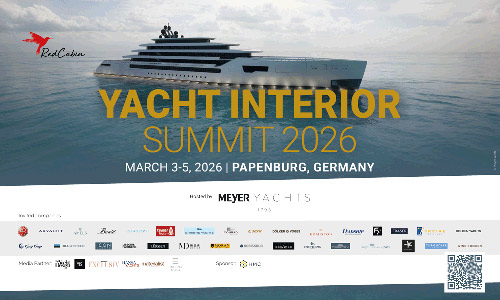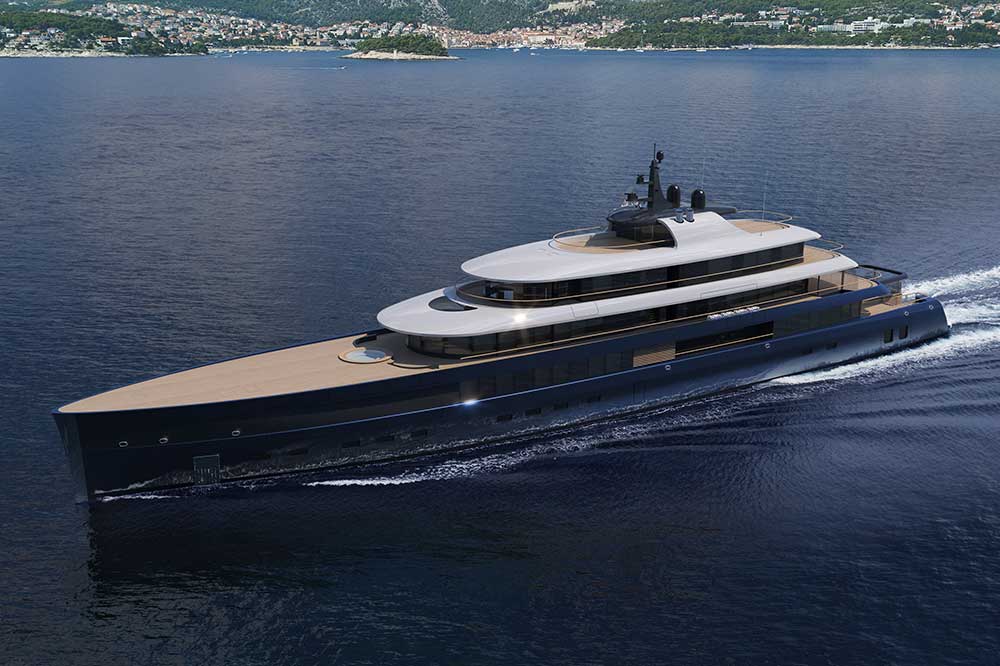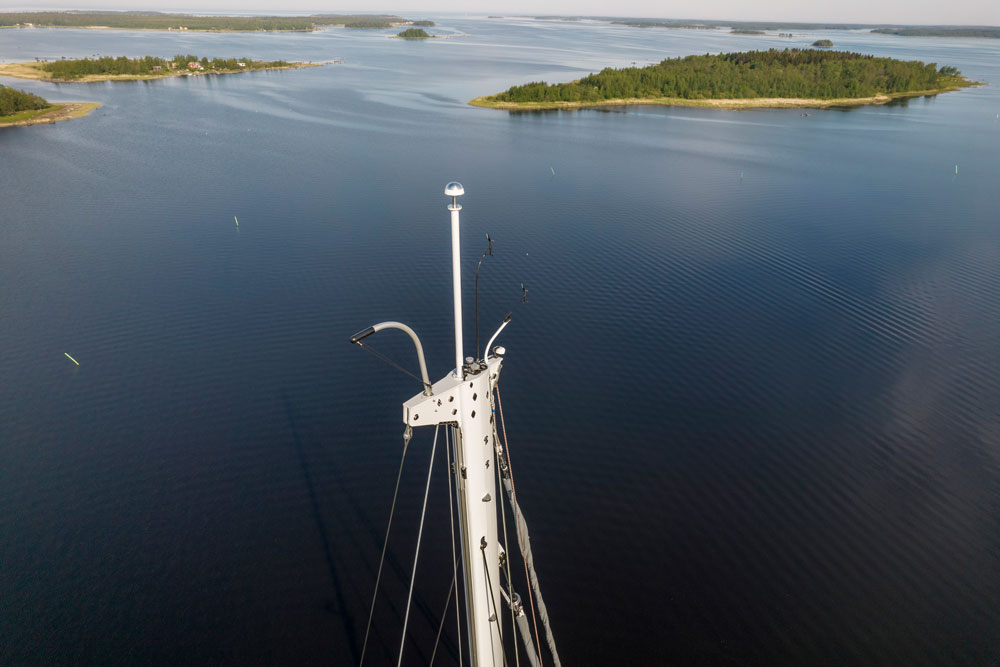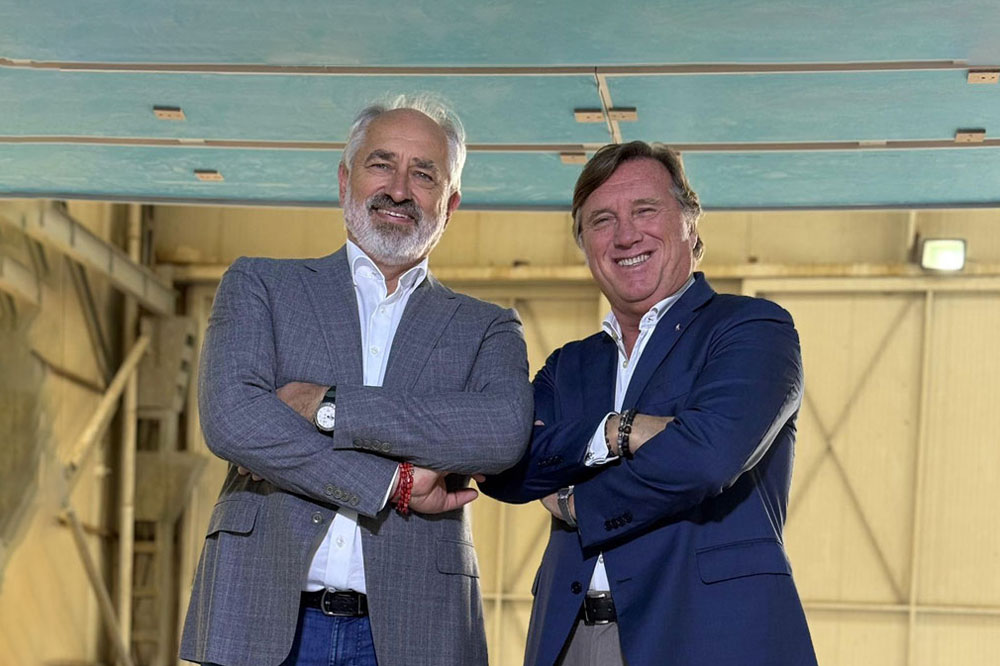Building a large motor yacht powered by methanol – that is the goal of Rolls-Royce and the Italian yacht manufacturer Sanlorenzo.
The two companies announced this exclusive declaration of intent for yachts between 40 and 70 meters in length ahead of the opening of the Cannes Yachting Festival 2022. The Sanlorenzo yacht, powered by two mtu Series 4000 methanol engines, is expected to make its maiden voyage in 2026.
“We are making shipping more climate and environmentally friendly and are taking a big step forward with this agreement,” says Denise Kurtulus, Head of Global Marine Business at Rolls-Royce Power Systems: “Synthetic methanol, produced with electrical energy from renewable sources, is the obvious fuel of the future for many maritime applications – not least for yacht propulsion.” This is because methanol is liquid, easy to handle and its use is tried and tested, as it is already available in ports today. “Sanlorenzo is one of the most innovative yacht builders and therefore our partner of choice for this project,” continued Kurtulus.
The successful mtu Series 4000 is the technical basis for the methanol engine, which is expected to operate on the Otto principle. “Our extensive know-how and many years of experience with Series 4000 mobile and stationary gas engines give us a head start in development,” says Dr. Otto Preiss, COO and Chief Technology Officer at Rolls-Royce’s Power Systems division. “In addition to yachts, we will also have propulsion systems with methanol engines in our portfolio for other maritime applications, such as commercial shipping. They will be part of our ecosystem of sustainable fuel solutions that we are currently building. This also includes fuel cell-powered applications and the electrolysis of green hydrogen, the raw material for green methanol,” Preiss continues.
The plan is to build a large Sanlorenzo luxury yacht tailored to the new propulsion system and its requirements. The additional effort is considered challenging but feasible for both partners, they say. Partly because methanol has an energy density that is around 50% lower than diesel, the fuel tanks require around twice as much space if the ship is to have the same range as with diesel propulsion. The safety architecture is lower than that of other fuels and technologies – also because methanol is non-toxic. “A methanol engine is technically the ideal compromise for the future,” Denise Kurtulus is convinced.










